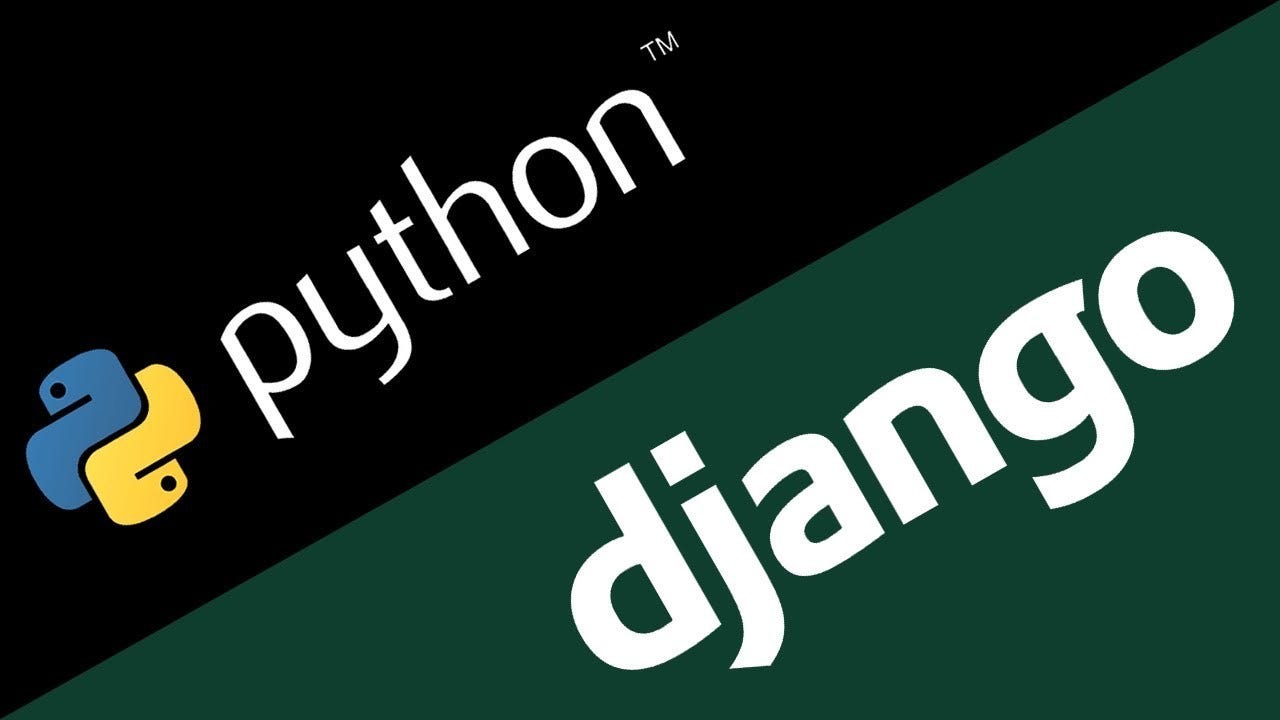Python Django - Self.data vs Self.cleaned_data
By understanding how the attributes self.cleaned_data and self.data work and how to get its values, you can control and use them efficiently in your forms.

DEFINING THE FORM
This is a simple ModelForm example for a model named Car.
I created the clean_price method to change the original format of the price field that will be passed to the form. This is particularly important, because it’s a key to understand the difference between self.cleaned_data and self.data.
class CarForm(ModelForm):
price = forms.CharField(max_length=20)
class Meta:
model = Car
fields = ['name','brand','color','price']
def clean_price(self):
price = self.cleaned_data['price']
price = re.sub('[.]', '', price)
price = re.sub('[,]', '.', price)
return price
PASSING DATA TO THE FORM
The first thing to do is to create a dictionary and pass to the form as the first parameter.
>>> data = {'name': 'Focus',
'brand': 'Ford',
'color': 'Blue',
'price': '17.000,00'}
>>> f = CarForm(data)
WHAT IS SELF.DATA?
self.data is simply the original data passed to the form. So it will return the original data:
>>> f.data
{'color': 'Blue', 'brand': 'Ford', 'price': '17.000,00', 'name': 'Focus'}
>>> f.data.get('price')
'17.000,00'
>>> f.data['price']
'17.000,00'
WHAT IS SELF.CLEANED_DATA?
self.cleaned_data is an dictionary that receives all cleaned and validated data after calling the is_valid() method.
At this point, if we try to access the cleaned_data attribute, an AttributeError will be raised.
>>> f.cleaned_data Traceback (most recent call last): File "", line 1, in AttributeError: 'CarForm' object has no attribute 'cleaned_data'
This happened because the cleaned_data attribute is created when we call the is_valid() method. After calling the is_valid() method, we have access to the cleaned_data attribute.
>>> f.is_valid()
True
>>> f.cleaned_data
{'color': u'Blue', 'brand': u'Ford', 'price': u'17000.00', 'name': u'Focus'}
And, of course, we also have access to the original data passed to the form. Now, we can see the original and modified price after validation by the clean_price method:
>>> f.data
{'color': 'Blue', 'brand': 'Ford', 'price': '17.000,00', 'name': 'Focus'}
>>> f.data.get('price')
'17.000,00'
>>> f.cleaned_data.get('price')
u'17000.00'
THE DIFFERENCE BETWEEN SELF.CLEANED_DATA[‘FIELD’] AND SELF.CLEANED_DATA.GET(‘FIELD’)
cleaned_data is a Python dictionary and an attribute of the form object. As a Python dictionary, you can access its values by:
- Specifying the key between [ ]: self.cleaned_data[‘field’]
- Using get() method: self.cleaned_data.get(‘field’)
The difference between these two approaches is that if the key does not exists, self.cleaned_data[‘field’] will raise a KeyError, while self.cleaned_data.get(‘field’) will return None.
As you can see in the example below, the get() method also allows us to specify a default value if the key does not exists:
>>> f.cleaned_data['size'] Traceback (most recent call last): File "", line 1, in KeyError: 'size' >>> f.cleaned_data.get('size') >>> f.cleaned_data.get('size', 'Data unavailable') 'Data unavailable'
Comments
Post a Comment